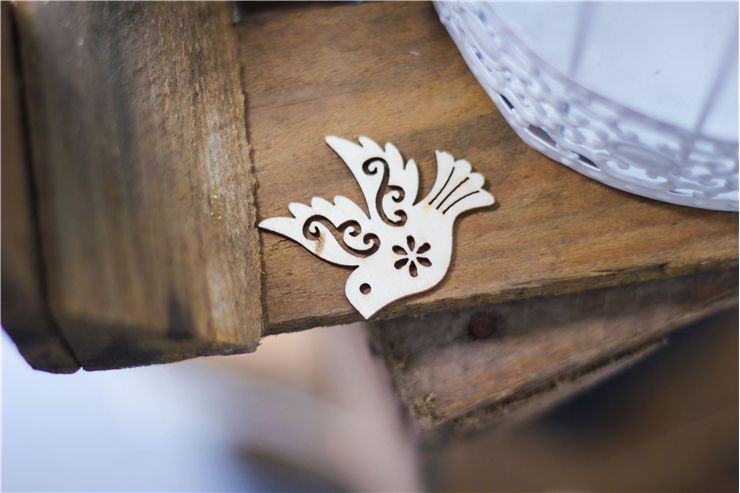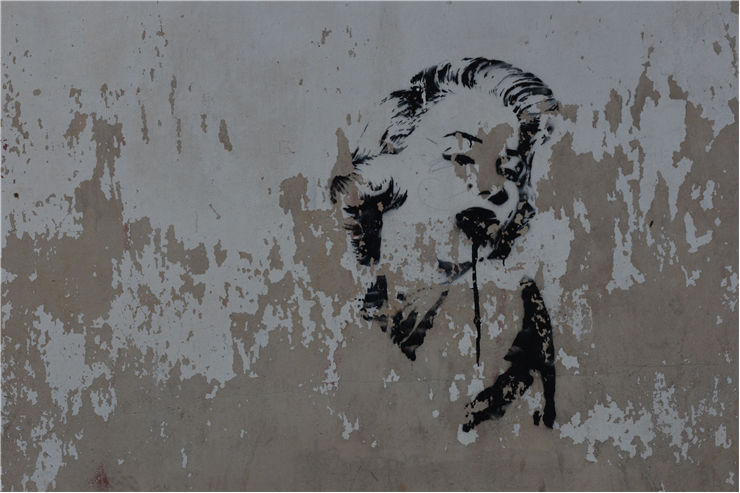Stencil - History and Types of Stencilling
The stencil is a mold with which it is possible to create an image on some flat surfaces by allowing the color to reach that surface with the gaps. Stenciling is a way of creating pictures or text on surfaces using a stencil. The whole idea of a stencil is that it can be reused countless times.
The first findings of stencils (hand stencils) are found in Asia and Europe and date from over thirty-five thousand years ago. Images are created on the walls by blowing pigment over a hand against the wall. Since then, hand stenciling and classic stenciling have been used on different surfaces and materials to create images and texts. Stencils are also used for cloth coloring, especially in Japan. This type of cloth coloring using stencils is called Katazome, and it was used during the Edo period in feudal Japan. Stencils are also used in Europe to color old master prints from 1450. Those master prints were in black and white technique, and it was usually woodcuts. Stencils also color one thing that was is playing card. Stencils were used for printing, mass publications, and everything else that was not supposed to be handwritten.

In France, during the 1920s, stencils were used for illustrating books, and it was a very popular method. André Marty, Jean Saudé, and others specialized in the technique. At that time, low wages in France contributed to this illustration method's popularity. The coloring of books using stencils is also called “pochoir.” Pochoir technique requires a print with the outlines of the printing area, and then the stencils are used to put a color on a surface. A collotype is used if there is a need for details. The Pochoir method is usually connected with Art Nouveau and Art Deco design.
Usage and Types of Stencilling
There are many types of stencils, such as:
- Military stencils
- Graffiti stencils
- Utility stencils
- Printing stencils
The usage of stencils is very wide: from the military, government, and utility companies to graffiti artists. They are used to label objects, locations, or vehicles quickly and easily. Many armies worldwide are using stencils to mark helmets, vehicle equipment, and many other things. The most famous military stencil is the one from the second world war with the application of the symbol of a playing card on the helmet to identify regimental units.
In the second part of the twentieth century, graffiti artists made stencils widely popular. They use a stencil and spray paint to make graffiti easily and quickly. Those types of graffiti usually have a political message, and many graffiti artists use these drawings to express themselves. Some are Banksy from Great Britain, John Fekner and Pirate & Acid from the United States, and Blek le Rat and Jef aerosol from France.
Stencils are also used in silk screening, a textile printing type. With this method, one color can be applied at a time, which means that for multi-colored silks, there must be several silk coloring with a dry time between every color.


